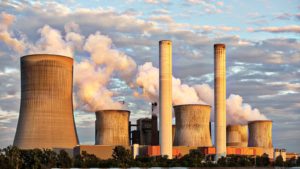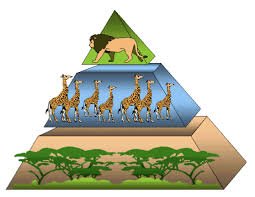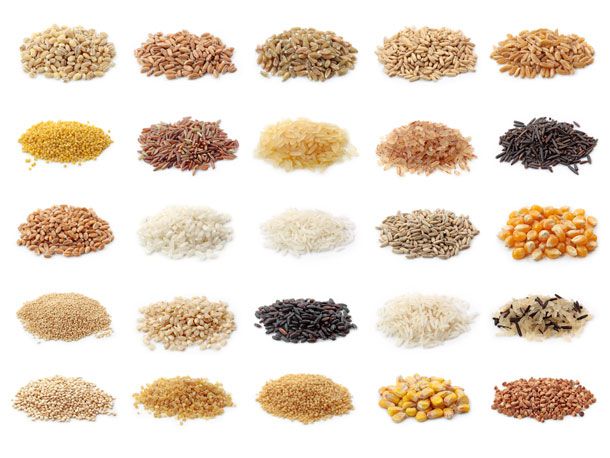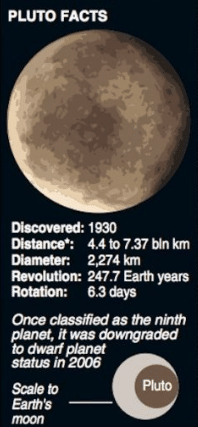Water is a natural resource that holds utmost importance for the survival of all living beings. Also, different sources of water available on the earth’s surface in different forms like lakes, ponds, rivers, etc. collectively form a layer called hydrosphere . In other words, hydrosphere refers to the combined mass of water found on, under, and above the Earth’s surface. To maintain the availability of water on the planet in considerable amounts, there is a continuous process in place. This process is what we refer to as the water cycle. The water cycle refers to the cycle that describes the continuous movement of water on, above, and below the surface of the Earth.
In simple words, this cycle describes how water evaporates from the Earth’s surface, emerges into the atmosphere, cools down, and by condensation becomes rain or snow in clouds, and falls again to the Earth’s surface as precipitation. The water cycle is an everlasting process that nature supports. One of the most vital elements of this process is the Sun.
Different Stages in the Water Cycle
There are different stages in the water cycle. All the different stages of the water cycle are important and combined in such a way to maintain the balance of water on Earth. Let’s discuss the main stages of the water cycle.
Find them below:
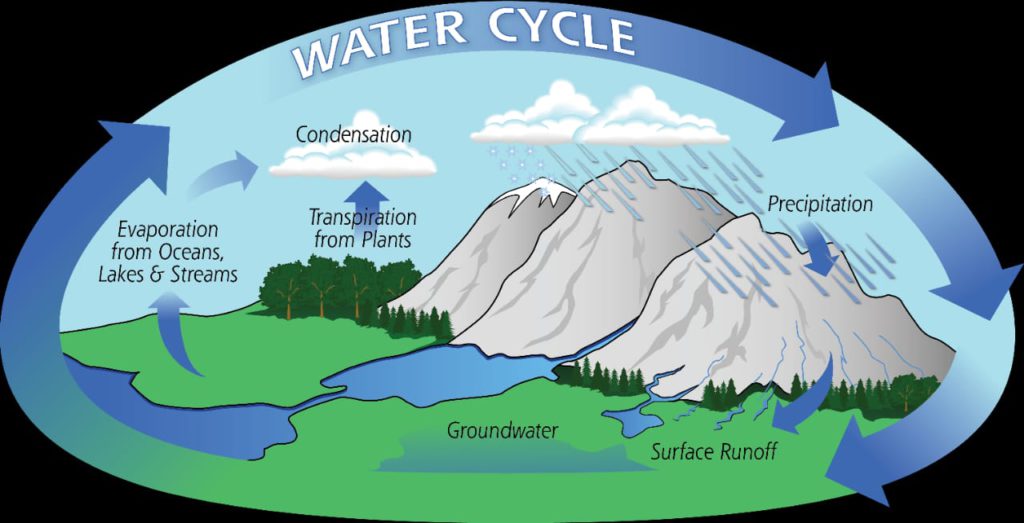
Evaporation
Evaporation is essential and one of the initial stages of this cycle. The solar energy of the Sun is responsible for the evaporation of the water from the oceans, lakes, and other sources of water on the Earth’s surface. In hydrology, evaporation and transpiration are collectively known as evapotranspiration. Evaporation of water generally happens when the surface of the liquid is uncovered which allows the molecules to transform into water vapour. The water vapour then goes upwards and helps in forming the clouds. When adequate energy is provided, the liquid changes its state into vapour.
Condensation
The change in the gas form of water to the liquid phase of water is referred to as condensation. It is the opposite of evaporation. Condensation is distinguished as the change in the state of water vapour to liquid water. It occurs when it comes in contact with a liquid or solid surface or cloud condensation nuclei in the atmosphere.
Precipitation
Precipitation simply means the downpour of the condensed water vapour that stands accumulated in the clouds. This downpour takes place because of the gravitational force acting on the clouds. The different forms of precipitation are drizzling, rain, sleet, snow, ice pellets, graupel, and hail. Therefore, precipitation happens when a fraction of the atmosphere becomes moistened with water vapour, because of which water condenses and precipitates or falls.
Collection
The Collection is a stage in which the moisture or water vapour falling from the clouds as precipitation in the form of rain, snow, hail, or sleet, accumulates in the oceans, rivers, lakes, streams and other water resources. Most of it penetrates the ground and forms underground water. The Sun plays an important role in starting the cycle by warming up all the Earth’s water and making it evaporate. Hence the Sun is a major component of running the water cycle smoothly.

What is the Importance of Water Cycle?
- Water is an extremely important resource for mankind. There is no other thing in the world that can substitute water. When you are dying from thirst then only and only water is capable of rescuing you. Hence, water is undoubtedly precious.
- How is water made available to us? How does the water that we use, reach our taps? Well, the water is continuously flowing in a circular motion in between the ground and the sky. Therefore, this process of the water cycle ensures that enough water is available to everyone on the planet Earth.
- If water is eradicated from the Earth for even a few days then all the organisms would not be able to survive. Plants would dry up, the humans would cry from thirst, the animals would die too. Therefore, there would be no food without water and the greenery of the planet would erode too. Also, water has a big role to play when it comes to making our planet a healthy planet.
- This process ensures that a regular supply of water is always available so that all the organisms can survive peacefully. There was a time in history when there was less water in a liquid state on our planet and more of it was ice. Hence, the reason behind it was the atmosphere remained cool during those times and hence water couldn’t melt from the ice caps and glaciers. There was almost none of the vegetation that we have today.
Hence, this everlasting process is not just important but is precious to all of us. We simply can not think of our existence without the smooth flow of this process . Any disturbance in which, would result in nothing but serious disasters.
Threats and Possible Disruptions in the Water Cycle

The cycle has its fixed steps and it follows all the steps repeatedly in the same manner. However, sometimes this process may get disrupted or distracted too. Many times, these disruptions are natural and the water cycle does not suffer much harm because of them. But when these factors are man-made then the threats to the water cycle may be very serious. The reason is very simple – natural disruptions are healed with time and they are temporary. On the other hand, the threats which are man-made are irreversible and hence they leave long-lasting impacts.
Natural factors
- Seasonal changes
- Changes in the ecosystem
- Unprecedented natural calamities
Man-made factors
- Unscientific farming practices followed by local people
- Large scale deforestation leads to immense loss of vegetation
- Changes in the land use pattern
- Climate change
We have just seen that the natural factors are less worrisome than the man-made factors.
Closing comments on Water Cycle
Water cycle contributes in maintaining a balance in nature. It in itself depicts how culmination of various processes like evaporation, condensation, precipitation etc. together result in fulfilling the purpose. Head towards Podium Blog to unravel more such interesting facts and establish an understanding of more such concepts.
Share with your friends


